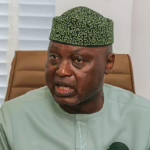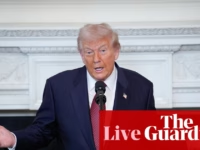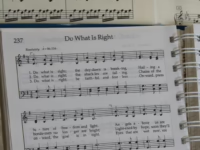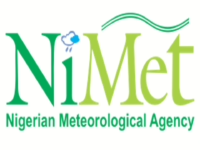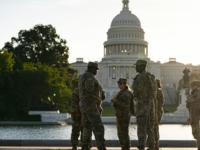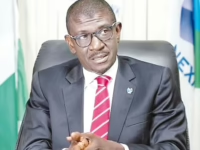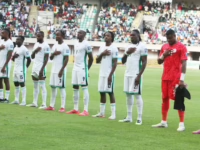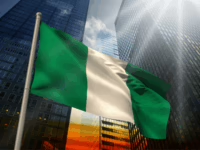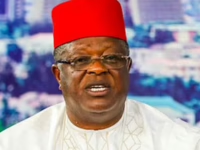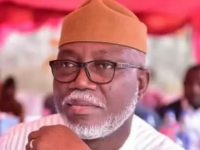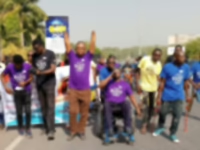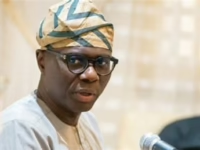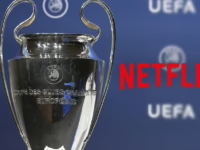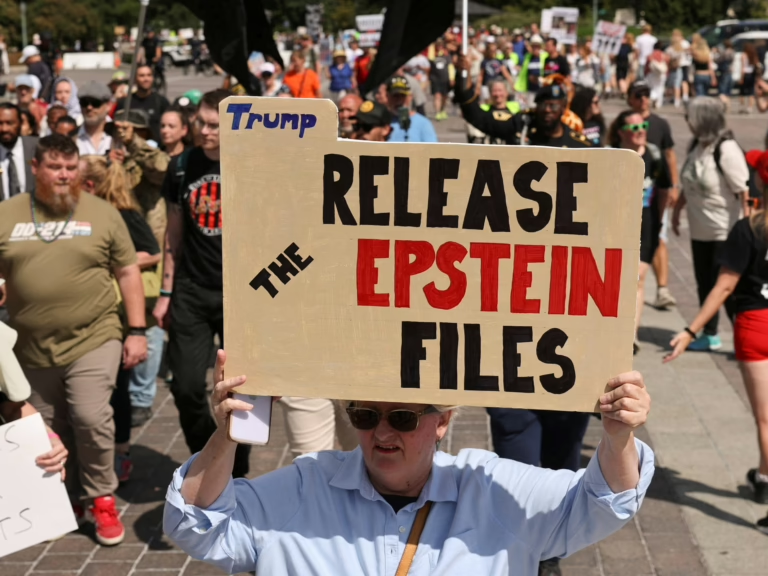The White House has expressed willingness to endorse a professional forensic handwriting examination to verify that President Donald Trump did not author a controversial birthday message addressed to the late convicted sex offender Jeffrey Epstein.
Handwriting analysis plays a crucial role in legal contexts worldwide, including criminal investigations and disputes involving wills and estates.
Although not flawless, this field is regarded as fairly reliable when conducted by experienced specialists.
A 2022 research article in the Proceedings of the National Academy of Sciences revealed that among 86 forensic document examiners, errors in attributing handwriting samples occurred in only 3.1% of cases, while false exclusions happened in 1.1% of instances.
Experts emphasize that any scrutiny of the note allegedly penned by Trump in a scrapbook commemorating Epstein’s 50th birthday in 2003 must adhere to rigorous standards to ensure credibility.
Key to this process is obtaining the original “birthday book” and authentic samples of Trump’s handwriting from the same period.
Despite widespread circulation of a digital image of the disputed signature following its release by Democratic lawmakers, handwriting professionals caution that such reproductions lack the reliability of original documents.
Tahnee Dewhurst, a principal handwriting examiner at Acari Consulting in Australia, explained that analysts focus not only on the general form of a signature but also on subtle, distinctive characteristics.
“Document examiners analyze fine details,” Dewhurst told Al Jazeera. “We assess relationships between letters, including size ratios, slant, connection points, and height proportions.”
Trump has firmly denied that the signature at the bottom of the note-typed text enclosed within the outline of a nude figure-is his.
Earlier this month, Trump initiated a $15 billion defamation lawsuit against The New York Times, following threats to sue over their coverage of the note.
When questioned about whether the administration would support an independent handwriting evaluation, White House Press Secretary Karoline Leavitt confirmed on September 9 that such an analysis would be welcomed.
A White House representative directed inquiries to an Associated Press recording of Leavitt’s press briefing but did not specify a timeline or further details regarding the examination.
Handwriting experts identify several indicators that may undermine a signature’s authenticity, such as hesitation marks, signs of retracing, inconsistencies in letter formation, and overly uniform samples that suggest tracing.
“No individual can perfectly replicate their own signature every time; it’s not like photocopying,” said Kiki Wong, head of forensics at The Forensics Company in Hong Kong, in an interview with Al Jazeera.
Both Wong and Dewhurst noted that genuine signatures typically exhibit smooth writing flow and natural variations in pen pressure.
Differences in writing instruments-such as a ballpoint pen versus the Sharpie marker frequently used by Trump-can also provide clues about the signature’s origin.
Experts usually express their conclusions on a spectrum, indicating their confidence level regarding whether the handwriting belongs to the individual in question or not, sometimes resulting in an inconclusive verdict, Dewhurst explained.
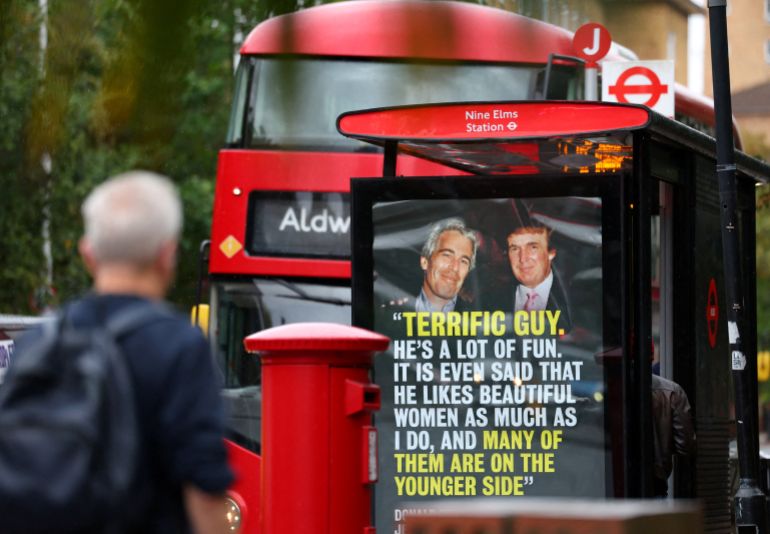
Al Jazeera provided the birthday book signature and three verified digital samples of Trump’s handwriting from 1988, 1989, and 2005 to Wong, Dewhurst, and a third US-based expert for review.
The insights shared here are purely informational and do not represent formal forensic conclusions or definitive proof.
None of the experts could definitively confirm the authenticity of the signature without access to the original documents, though they acknowledged certain resemblances.
Dewhurst observed that the signature in the Epstein birthday book “falls within the expected range of variation” and showed “no clear signs of forgery.”
However, she cautioned that without examining the original, it is impossible to rule out the possibility that the signature was digitally inserted or copied.
“Without the original material, there’s a limit to what can be determined,” Dewhurst said.
Wong noted the absence of “major discrepancies” between the samples but highlighted the poor quality and non-original nature of the birthday book image.
“I don’t see anything that strongly suggests forgery, but the image quality is a significant limitation,” Wong remarked. “There are many caveats.”
The US expert, who requested anonymity, stated that Trump’s signature could be relatively easy for a skilled forger to imitate. He also noted that photocopies or digital reproductions can obscure critical details.
“Examining a copy of the questioned ‘Donald’ signature, I found it consists of only six letter forms, making it fairly straightforward for a practiced hand to replicate,” he said.
“I have created a simulated version of this signature, and after photocopying, minor flaws were concealed. A handwriting expert would struggle to detect subtle features or determine if the copy was genuine or forged,” he added.
“This challenge also applies to reproductions.”



